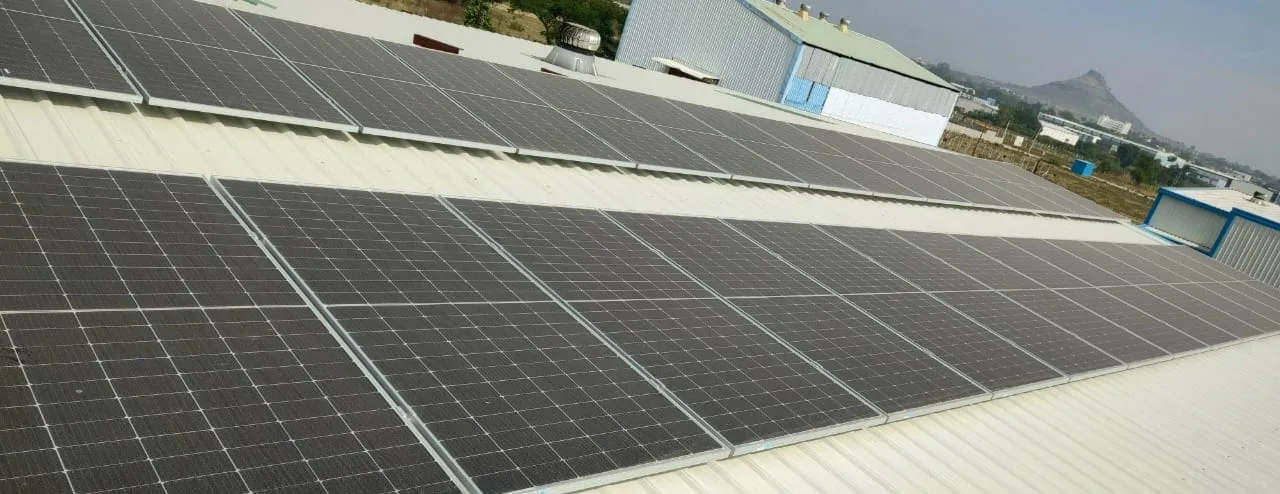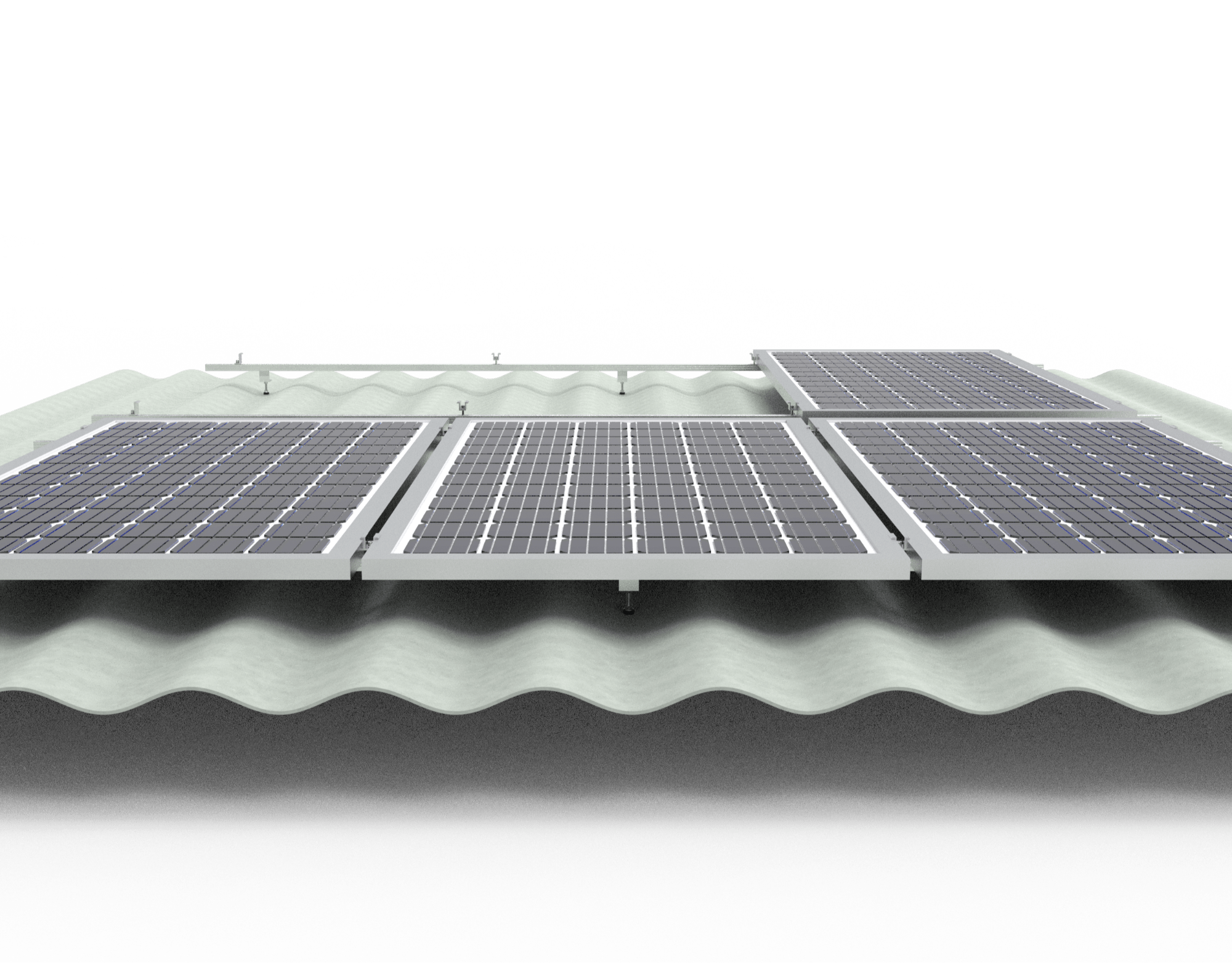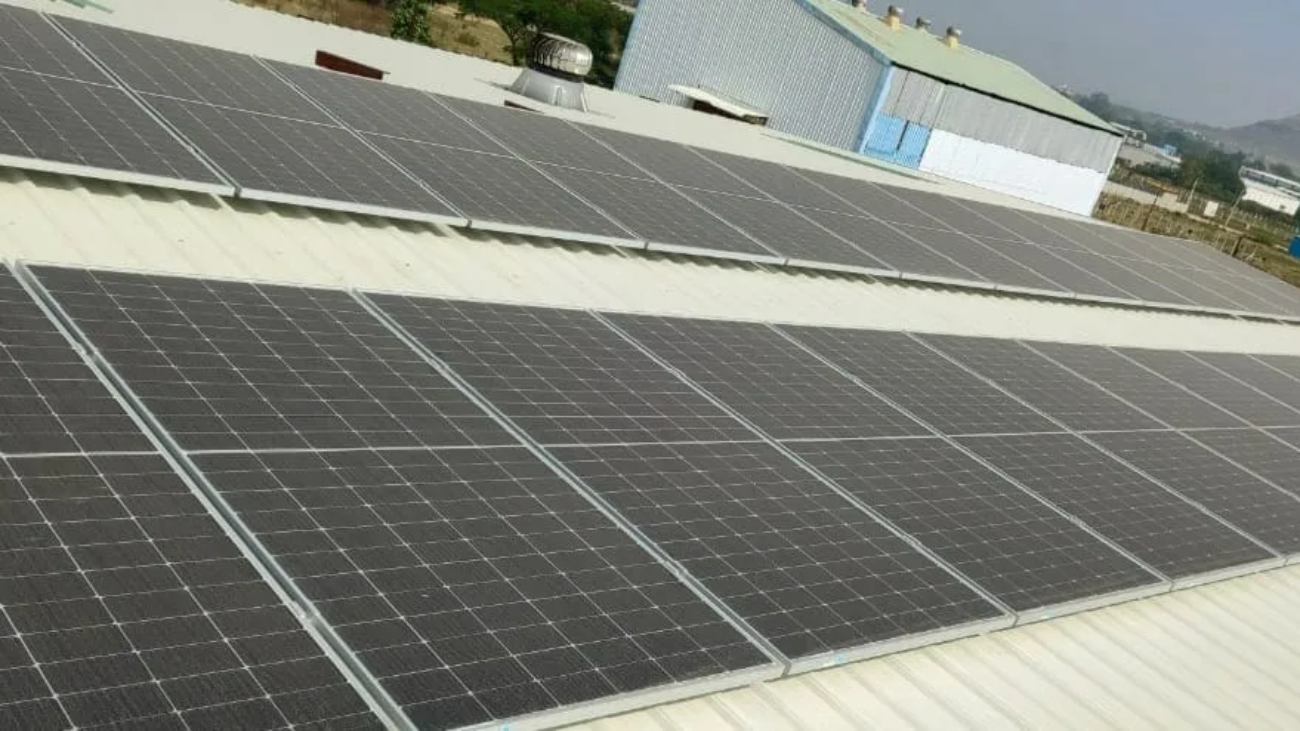
I. Introduction to Mounting Support System
As solar panels continue to increase in size and output capacity, mounting support systems must evolve to the larger panel dimensions. Our mounting solutions for both pitched and flat roofs are specially designed to accommodate very large solar panels exceeding 2m in length.
With our modular, adjustable mounting systems, there are no limitations on the dimensions of solar panels that can be installed. Some key benefits include:
- Support for solar panel sizes up to 2320mm x 1200mm through extended mounting rails and optimized mounting hole positions
- Ability to handle the increased panel load from larger panels through strengthened panel frames and additional support options
- Flexible panel orientation between landscape or portrait configurations for ideal solar exposure
Below is an overview of our flagship mounting systems and their capabilities for larger solar installation:
With minimal adjustments, our mounting solutions allow the installation of higher capacity solar panels on both residential and commercial projects. By accommodating larger panel dimensions, we enable installers to maximize energy generation and return on investment.
Contact our team today to learn how our mounting systems can meet your needs for increased panel sizes and optimized solar output.
II. Mounting Support Systems for Pitched and Flat Roofs

We offer dedicated mounting solutions for pitched and flat roof types to securely install solar panels of any size:
Structura for Flat Roofs
The Structura mounting system for flat roofs has been expanded to support larger panel dimensions:
- Extra longer back plates and mass carriers
- Redesigned mounting holes for greater adjustability
- Handles solar panels up to 2320mm in length Structura Pitched for Pitched Roofs
Our Structura Pitched mounting system features:
- New extended Side++ profiles in longer lengths
- No cutting or extensions needed
- Supports solar panel widths up to 1052mm
By eliminating any width restrictions, Structura mounting support system Pitched allows full utilization of available roof space for pitched residential installations.
Structura mounting support system Pitched are engineered to handle increased panel load from large panels. Their flexible, adjustable designs ensure a secure mount and simple installation of oversized solar panels.
Contact us today to determine which roof-specific mounting system is best suited for your project and panel dimensions.
III. Accommodating Large Panel Dimensions
Our modular, adjustable design, and mounting systems can easily accommodate oversized solar panels exceeding 2m in length or 1m in width.
Modular Components
With interchangeable mounting rails, clamps, and anchors, we can customize the:
- Spacing between panels
- Distance from roof edge
- Panel orientation (landscape vs portrait)
This flexibility allows us to tailor the system to the exact panel dimensions and optimize energy generation.
Adjustability
Our mounting rails feature variable mounting help the positions to fine-tune panel placement. By adjusting:
- Mounting height
- Tilt angle
- Position along the rail
We can achieve the ideal panel alignment for maximum solar exposure.
For east-west installations, wider centre distances between 2500-3000mm enable even wider solar panels to be installed in excess of 1200mm.
With minimal adjustments, our mounting systems can securely hold solar panels of any length, width or output capacity. Contact us to build a custom solar mounting solution tailored to your oversized panels.
IV. Managing Panel Load
With solar panels increasing in size, the total panel load from wind and snow also rises. Our mounting systems are engineered to handle these high load conditions.
Calculating Panel Load
We thoroughly analysis expected wind and snow loads based on:
- Panel surface area
- Installation location
- Roof height
This allows us to determine the total forces exerted on the solar panel.
Panel Strength Evaluation
We then evaluate whether the panel structure requires additional reinforcement by:
- Comparing total load to the panel’s maximum rating
- Considering panel frame, support ribs, and glass strength
Strengthening Options
If needed, we can reinforce the installation through:
- Additional mounting points
- Shorter span between rails
- Switching panel orientation from landscape to portrait
Reinforcement eliminates deflection and firmly secures panels even under heavy snow accumulation or extreme wind speeds.
By carefully evaluating and addressing panel load, we ensure the structural stability, safety, and longevity of large solar installations. Contact us today to analyse your specific site conditions and panel loading.
V. Factors Influencing Panel Output
While solar panel size is important, there are other key factors that impact energy generation:
Panel Structure and Materials
- Monocrystalline panels are the most efficient but expensive option
- Polycrystalline panels are moderately efficient and affordable
- Thin-film panels are cheaper but require more surface area
Higher efficiency panel materials produce more energy from the same amount of sunlight.
Available Roof Space
- Carefully measure usable roof sections at optimal angles
- Consider shading from trees, chimneys, and other obstacles
More roof space allows the installation of more and/or larger solar panels.
Solar Irradiance and Climate
- Sunlight duration and intensity varies by location
- Energy demands fluctuate with seasons and weather
Areas with more annual sunlight and temperate climates will generate more solar energy.
While panel size contributes, many other factors influence total energy output. Our experts can help analyze all these variables to design the optimal system for your needs and maximize return on investment.
VI. Determining System Size
Properly sizing your solar system is crucial to meet your energy needs and maximize savings.
Calculate Energy Usage
- Review 12 months of utility bills to determine average monthly kWh consumption
- account for future needs like electric vehicles
- Buy enough panels to cover 100% of usage to eliminate electric bills
Choose Number of Panels
- Calculate the kWh output of each panel based on its wattage rating
- Divide total energy needs by per-panel production
- Size the system to produce excess energy if possible
Consider Electricity Needs
- Will grid power be used as a backup or be eliminated completely?
- Are there plans to add major appliances or electric vehicles?
Installing more panels than needed ensures all your current and future energy needs will be met.
With your usage data and our panel output expertise, we can determine the optimal solar array size and configuration for your home. Contact us to get started designing a system tailored to your energy consumption.
VII. Installation Considerations
To successfully install oversized solar panels, some key factors must be addressed:
Measure Roof Space
- Clearly outline usable roof sections at proper tilt angles
- Consider spacing needed between panels and around edges
This ensures adequate room for safe installation.
Evaluate Roof Load
- Calculate total system weight including panels, mounts, and hardware
- Assess roof structure and reinforcement needs
This guarantees the roof can support the system’s load.
Determine Panel Orientation
- Arrange panels for optimal sun exposure
- Adjust orientation between landscape and portrait as needed
- Ensure accessibility for cleaning and maintenance
The right layout maximizes energy generation.
Leave Access Paths
- Map safe paths between array sections for installation and cleaning
- Avoid skylights, vents, chimneys, and other roof features
Access paths protect the roof and allow system maintenance.
Considering these factors results in a safe, optimized rooftop solar installation. Contact us to survey your roof and plan panel placement.
VIII. Improving Panel Efficiency
While most panels operate between 15-20% efficiency, new technologies are pushing those limits even higher.
Emerging Solar Panel Materials
- Perovskites – Thin, low-cost films with efficiency over 25%
- Organic PV – Carbon-based panels exceeding 13% efficiency
- Quantum dots – Nanocrystals that enhance energy generation
Passive Cooling Techniques
- Aluminum frames, anti-reflective coatings, and backsheet fins help dissipate heat
- Cooler panels can operate closer to peak efficiency
Active Cooling Solutions
- Hybrid panels with heat pipes or liquid coolants maintain optimal temperature
- Some active cooling panels exceed 30% efficiency
Single-Axis Tracking
- Panels on motorized mounts follow the sun throughout the day
- Tracking boosts energy generation by 20-30%
While commercial panels top out around 22% efficiency, new designs and innovations will continue pushing that threshold higher. Contact us to leverage the latest solar technologies for your installation.

